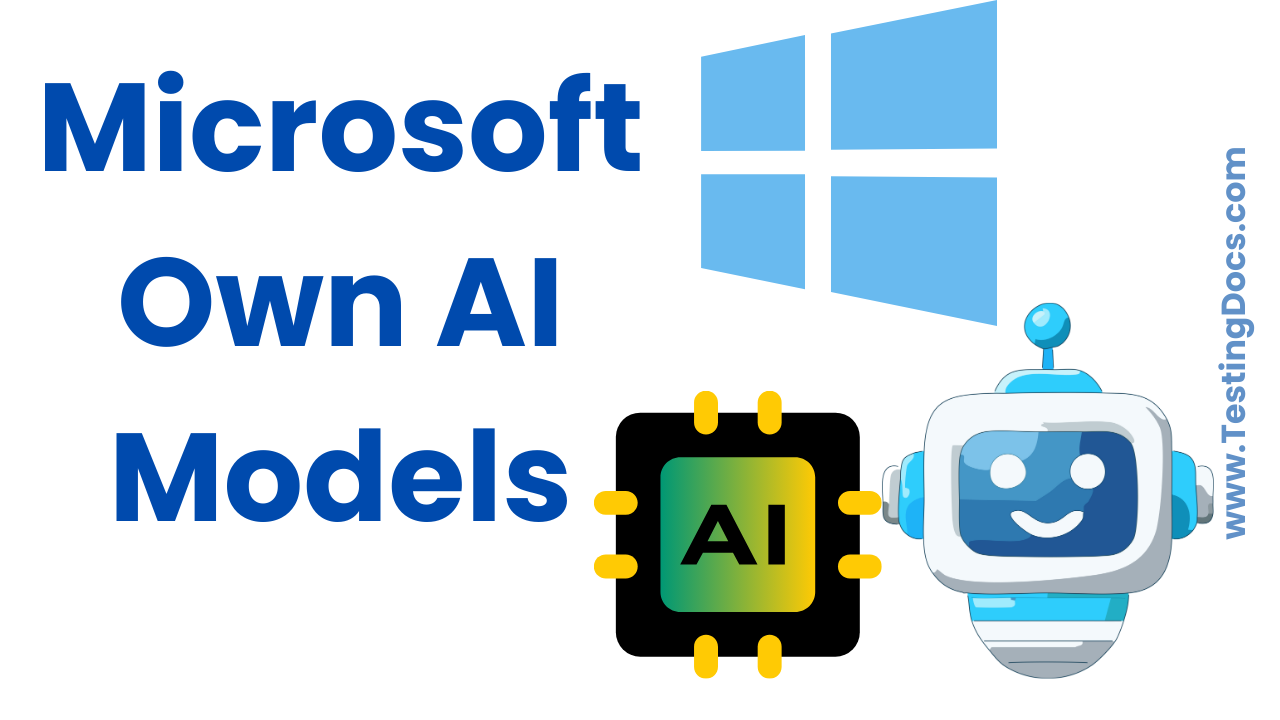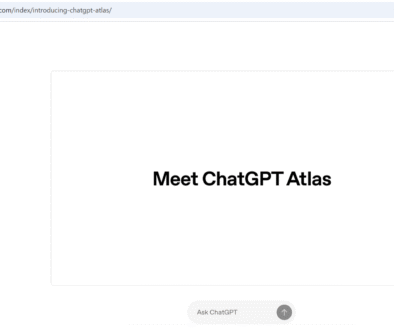Microsoft Launching Its Own AI Models
Microsoft Launching Its Own AI Models
Microsoft has quietly shifted gears in the AI race: alongside longtime partnerships that use OpenAI technology, the company has begun releasing its own in-house foundation models — a move that signals a push for more control, lower costs, and tighter integration with Windows, Office and Copilot experiences.
On August 29, 2025, Microsoft announced the first public releases from its internal Microsoft AI (MAI) effort: MAI-1-preview, a new general-purpose text model, and MAI-Voice-1, a highly efficient speech-generation model. These were described as early, consumer-focused models that Microsoft will test inside Copilot features and make available for developers to try.
Releasing proprietary models helps Microsoft reduce dependence on third-party models, improve latency and cost for integrated experiences (like Copilot in Windows/Office), and let the company optimize models using its huge user signals and cloud infrastructure. Observers see the launch as a strategic pivot that keeps Microsoft competitive with other major model-builders.
More information:
- https://microsoft.ai/
Microsoft’s own AI models
Microsoft frames the MAI lineup as part of a broader plan to build a portfolio of specialized models — some small and fast for real-time features, others larger for more capable reasoning — and to “orchestrate” those models inside products rather than depend solely on outside providers. The company emphasizes efficiency (MAI-Voice-1 can generate real-sounding audio quickly) and pragmatic consumer performance for MAI-1-preview.
- MAI-1-preview
- MAI-Voice-1
- Orca / Orca 2
- GODEL
- Project Turing family
- VALL-E (speech research)

MAI-1-preview
MAI-1-preview is Microsoft’s newly announced general-purpose language model intended for consumer-facing Copilot features and developer tests. It was trained on very large GPU clusters (reported using thousands of H100 GPUs) and aims to be responsive and cost-efficient for everyday queries. Microsoft positions it as complementary to other higher-capability or enterprise models.
MAI-Voice-1
MAI-Voice-1 is a compact, high-performance text-to-speech model designed to generate natural, expressive audio quickly — Microsoft claims it can produce a minute of high-quality speech in under a second on a single GPU. It’s already being used experimentally in Copilot podcasts and Copilot Labs features.
Orca
Orca is a line of research models from Microsoft Research that demonstrated how smaller models can mimic reasoning behavior of much larger models by learning from explanation traces and synthetic data. Orca 2 built on that approach to improve reasoning and efficiency for specialized workloads and research use. These models are primarily research-focused and help Microsoft explore cost-effective model design.
GODEL
GODEL (Grounded Open Dialogue Language Model) is a Microsoft Research dialog model geared toward goal-directed and grounded conversation — that is, it’s built to generate responses that can use external documents or databases to stay accurate and useful in task-oriented dialogue. It’s been shared with the research community as part of Microsoft’s dialog research.
Project Turing family
Project Turing is Microsoft’s broader research initiative (and family name) that produced multiple language and understanding models used across Word, Office, and Azure. Turing-branded models historically powered document understanding, ranking and language tasks inside Microsoft products and continue to influence how Microsoft builds production-ready AI features.
VALL-E (speech research)
VALL-E is a Microsoft Research voice-synthesis project that demonstrated convincing voice cloning from small audio samples. While research-focused, VALL-E and similar speech innovations inform production speech models such as MAI-Voice-1 and Microsoft’s audio capabilities across services.
About Microsoft
Microsoft is a global technology company (founded in 1975) best known for Windows, Office, Azure cloud, and enterprise software. Over the past decade it has invested heavily in cloud infrastructure and AI — both by partnering with external model creators and by doing internal research through Microsoft Research and Azure AI programs. Those investments make Microsoft one of the major players shaping how AI products reach consumers and businesses.
Top FAQs
- Q: Why build its own models when Microsoft already uses OpenAI models?
- A: Owning models gives Microsoft more control over cost, performance, product integration, and data governance. Microsoft can tune models specifically for Windows/Office experiences and reduce exposure to third-party licensing or availability changes.
- Q: Will these new models replace OpenAI models in Microsoft products?
- A: Not immediately. Microsoft is likely to use a mix: OpenAI models where their capabilities fit best, and internal MAI or Foundry models where latency, cost, customization or product fit favors Microsoft’s own models. The two approaches can coexist.
- Q: Can developers access these models via Azure?
- A: Microsoft typically exposes models through Azure AI and the Azure AI Foundry/model catalog; early access programs or preview APIs are common first steps. Microsoft has indicated developer testing routes for MAI models.
- Q: Are these models open source?
- A: The newly announced MAI models are company releases and currently in preview; Microsoft has also open-sourced research models in the past (e.g., GODEL, Orca research outputs), but commercial production models are usually provided as managed cloud APIs rather than open source. Check Microsoft’s official docs for specific licensing.
- Q: Is this a sign Microsoft and OpenAI are ending their partnership?
- A: No — rather it’s a strategic diversification. Microsoft remains a major investor and partner with OpenAI, but building internal models gives Microsoft options and resilience if partnerships or economics shift. Expect continued collaboration in some areas and competition in others.
Note: This article summarizes Microsoft’s public announcements and research history. For the official technical details, previews and developer access steps, consult Microsoft’s Azure AI Foundry and Microsoft Research pages.
